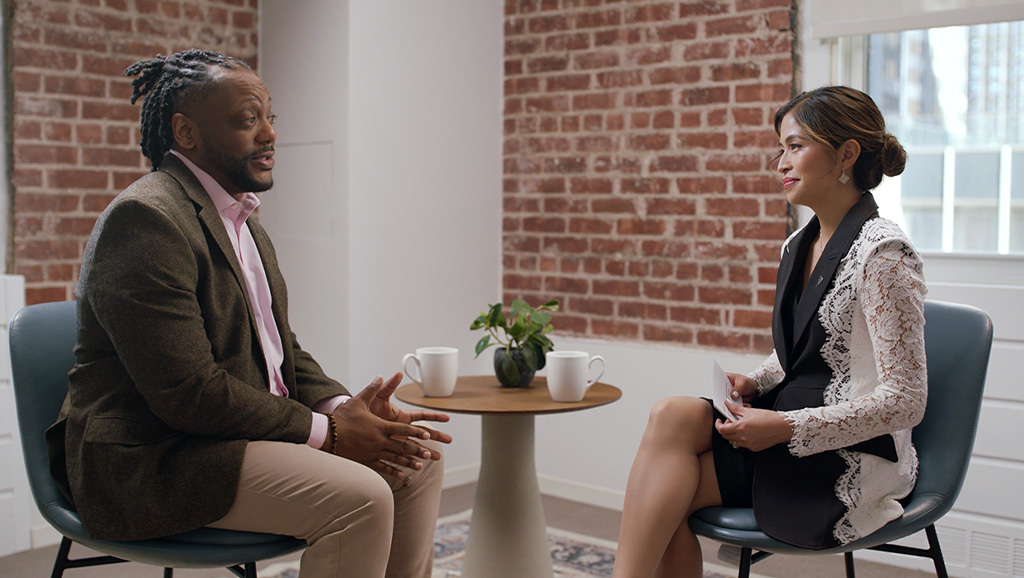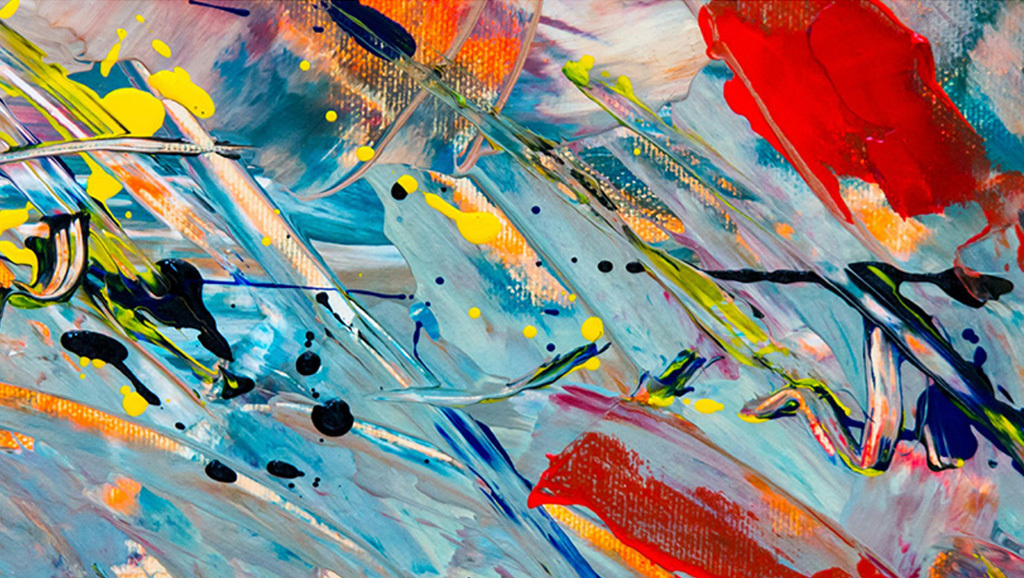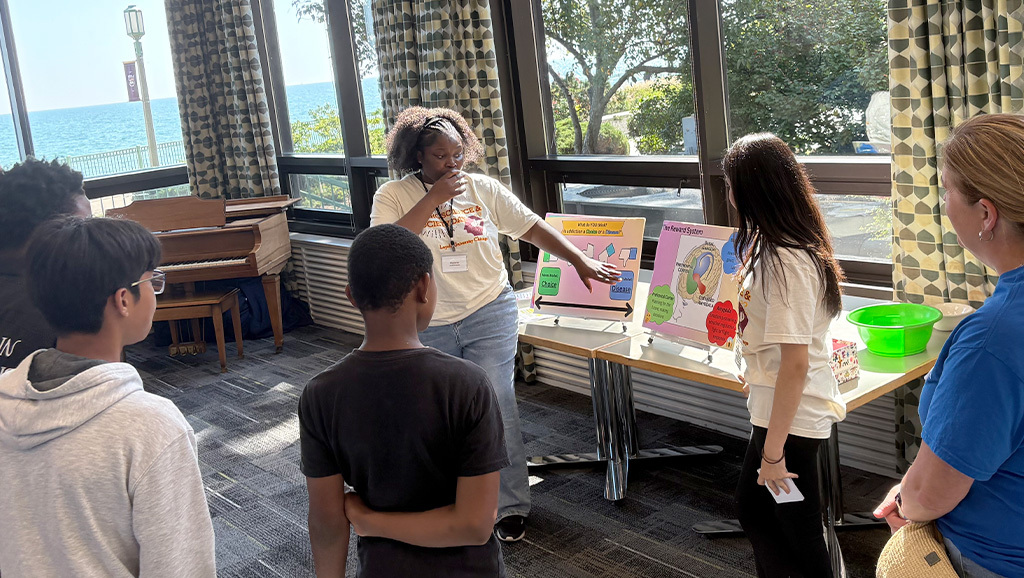News & Insights
How Neuroscience is Shaping Justice
A Conversation with Oliver Rollins


What happens when brain science enters the courtroom? And how do we make sense of new technologies that claim to detect, or even predict, criminal intent or mental state? In a recent conversation for NeuroSociety Stories, sociologist and MIT professor Oliver Rollins sheds light on how scientific discoveries are not only reshaping legal thinking, but also challenging how we define concepts like culpability, responsibility, and rehabilitation.
Drawing from years of research at the intersection of science, law, and social justice, Rollins offers a clear-eyed view of what’s at stake when we start explaining human behavior through brain imaging and other neurotechnologies that are still evolving.
“Many of the social factors that I find very important—these larger, systemic, structural social factors—are just not being taken up into the science right now,” Rollins says when asked about the challenges of incorporating neuroscience evidence in courtrooms.
Rollins’s interdisciplinary path—from biology to sociology, to Pan-African studies, to studying the legal and social implications of neuroscience—offers a distinctive lens on these complex questions. His work investigates not only how this scientific knowledge is interpreted by the courts but also how it travels through society—affecting policy, influencing legal norms, and even shifting public perception of fairness and punishment.
“We’re at an interesting point in society right now,” he says, “maybe a point where we can be rethinking the science that we want”.
Currently an assistant professor of science, technology, and society at MIT, Rollins is also part of the Neurotech Justice Accelerator at Mass General Brigham (NJAM), a Dana Center. at Mass General Brigham. There, he works to ensure that emerging neurotechnologies are developed and applied in ways that are ethically grounded and socially just.
One of his team’s main goals through NJAM is to train individuals who can speak both the “language of neuroscience” and engage with the legal and ethical implications of its use. What’s been missing, he says, is having these conversations across disciplines—and with society.
The conversation unpacks timely questions: What are the risks of relying too heavily on brain scans in criminal trials? Can neuroscience help prevent violence, or does it risk reinforcing harmful stereotypes? And how do we ensure that neuroscience serves justice rather than distorting it?
Watch the full episode of NeuroSociety Stories below.
FULL TRANSCRIPT
[Intro music]
CAROLINE MONTOJO, HOST: Welcome to Neuro Society Stories, a series created by the Dana Foundation that explores the incredible ways that neuroscience is shaping society.
Through engaging conversations, we invite Dana Foundation grantees, partners, and other neuroscience and society thought leaders to share stories of discovery, innovation, and impact. Each episode offers unique perspectives on how brain science intersects with fields such as ethics, law, social sciences, and more — advancing neuroscience for the good of all.
I’m Caroline Montojo, President and CEO of the Dana Foundation. Join us as we uncover how neuroscience can drive change, inspire new possibilities, and create a future that reflects the aspirations of all people.
MONTOJO: I am delighted to welcome Dr. Oliver Rollins, a sociologist and assistant professor of Science, Technology and Society at MIT. Oliver’s work focuses on the sociological dimensions of neuroscience, and his recently published book is called Conviction: The Making and Unmaking of the Violent Brain. Just last year, Oliver spoke at the United Nations General Assembly, looking at how neuroscientific evidence and brain technologies are already being used in the courtroom. He’s also a member of the Neurotech Justice Accelerator at Mass General Brigham, a Dana Center for Neuroscience and Society.
Oliver, thank you so much for joining us today.
OLIVER ROLLINS: Thank you, Caroline. It’s a pleasure.
MONTOJO: Oliver, to start us off, I’d love to hear what inspired you to focus on this very unique intersection of sociology, neuroscience, and law.
ROLLINS: I have a very interesting—or unique—background, I would say. I started off as a biology major as an undergrad, then ended up leaving biology and going into Pan-African studies. And with each step, I was adding on these layers that brought me to where I am today. After doing my master’s in Pan-African studies, I did a Ph.D. in medical sociology, and it was there that I was introduced to the field of science and technology studies.
My original focus was actually thinking about violence prevention. As a young graduate student, I was also taking classes on science and technology studies. One of the things that inspired me was seeing my mentors doing work in genetics—really thinking about the relationship between genetics, society, and race. My original purpose in moving into thinking about the neurosciences was to explore how race impacts the making of neuroscience in society, in the same way they were thinking about genetics.
MONTOJO: So, did you major in biology?
ROLLINS: I did, yes. I was biology, then Black studies, then sociology, then medical sociology.
MONTOJO: Oh my gosh. So you’re like a prime example of what you mean by “interdisciplinary.”
ROLLINS: Interdisciplinary, that’s right.
MONTOJO: Can you share with us why and how neuroscience might be useful for the law and for legal practitioners?
ROLLINS: Yeah. I think the biggest thing right now is the question around brain maturity — and neuroscience has been helping answer that. This has been ongoing for a decade or so, but neuroscience’s findings on brain maturity have impacted the courts, particularly in how they think about juvenile sentencing.
Juvenile courts, especially, have benefited by having more leeway to consider the question of brain development in relation to crime. The second big area would be questions around mental health—bringing neuroscience together with psychology to think through issues of mental health, which plays a huge role in the court system.
MONTOJO: I’d also love to ask: What are the challenges and benefits of incorporating neuroscience evidence, like brain scans, into court cases? Can neuroscience evidence like this be used to reliably predict things like criminal intent or mental state?
ROLLINS: The key word there is “reliably.” In my book, I argue that it cannot—at least not right now. Mostly because many of the important social factors, especially larger systemic and structural social factors, aren’t incorporated into the science yet. When you ask questions around prediction and systemic injustices—like, what role systemic injustice plays in how young people interact with the legal system—those aren’t considered in the models. There are two big challenges:
First, what we call the group-to-individual problem. In scientific labs, we work with group comparisons—but in court, we’re talking about an individual. That’s a major translation challenge. Second, systemic power and injustice: Current models don’t take into account factors like systemic racism or larger societal inequities when trying to predict behavior based on brain scans.
MONTOJO: Oliver, you are a member of the Neurotech Justice Accelerator at Mass General Brigham. This is a Dana Center for Neuroscience and Society, and one of the three pillars of focus in that center is on the intersection of neuroscience and law. Can you share with us about the work that you’re engaged in there? What you’re doing so far in collaboration with Dr. Francis Shen and the folks at the Center for Law, Brain, and Behavior?
ROLLINS: I mean, we’re just getting started, as you know. I think one of the things we’re really excited about, and the real focus here, is training young individuals who can both speak the language and think about what’s important in neuroscience, and also be able to speak the language and think about what’s important in the law, and have conversations with folks within society.
Our big thing is really bringing folks together in a way to have these conversations because what’s been missing has been this conversation across fields. If we really want to do something interdisciplinary, we need to be training people in that way before they go out into the field. So, bringing those three areas together is the purpose of our training.
MONTOJO: I’m looking forward to continuing to follow the work from the Neurotech Justice Accelerator. That also made me think about all of these new students and early career scholars that you’re training. It’s so interesting to think about how they are now able to be exposed to two different fields. Can you share a little bit about some advice you might have for them as they’re navigating a career path that falls between two different fields or incorporates two different fields?
ROLLINS: A lot of things have changed. These paths weren’t open when I was a biology student trying to think through what I wanted to do with a biology degree. The biggest thing that helped me was keeping an open mind—taking classes in the social sciences, taking classes within the humanities.
Particularly right now, my field of science and technology studies is very interdisciplinary. The real point is to be thinking interdisciplinarily from an early stage, and bringing those questions and thoughts into your work over time. I think the path will kind of open up naturally based on your interests.
MONTOJO: Sounds like you paved your own path, which reminds me of my own pathway into this career, bridging a lot of different fields together.
ROLLINS: Yeah, exactly. I mean, both bridging the things I wanted and addressing some of the things I thought were missing. Some of the conversations I wanted to have in biology just weren’t there, so I had to go into Black studies to have those conversations. That opened me up to new ways of thinking about what I could bring with me into a new discipline. I was bringing things from biology into Pan-African Studies, and bringing things from those disciplines into sociology, helping me rethink the path I wanted.
MONTOJO: Alright. So, keeping an open mind is absolutely critical when navigating these cross-disciplinary career paths.
ROLLINS: That would be my advice.
MONTOJO: Great. Thank you. Looking ahead now, what do you think are the most important next steps for the field of neuroscience and law?
ROLLINS: I think we’re at an interesting point in society—maybe a point where we can rethink the science that we want. There are probably two big things we need to think about.
One is data governance, particularly neurodata governance. As more and more neuroscience data is produced, we need to ask: How exactly are we going to govern that data, especially as it flows across borders — from the U.S. to Europe, from Europe to Africa, and so on? What role will the law play in adjudicating the ethics around this, especially as data becomes increasingly global?
The second thing is really addressing systemic injustices. We already know the criminal justice system is deeply impacted by systemic injustices. What role can neuroscience play in helping us rethink and address those injustices for the future?
MONTOJO: Great. Thank you.


